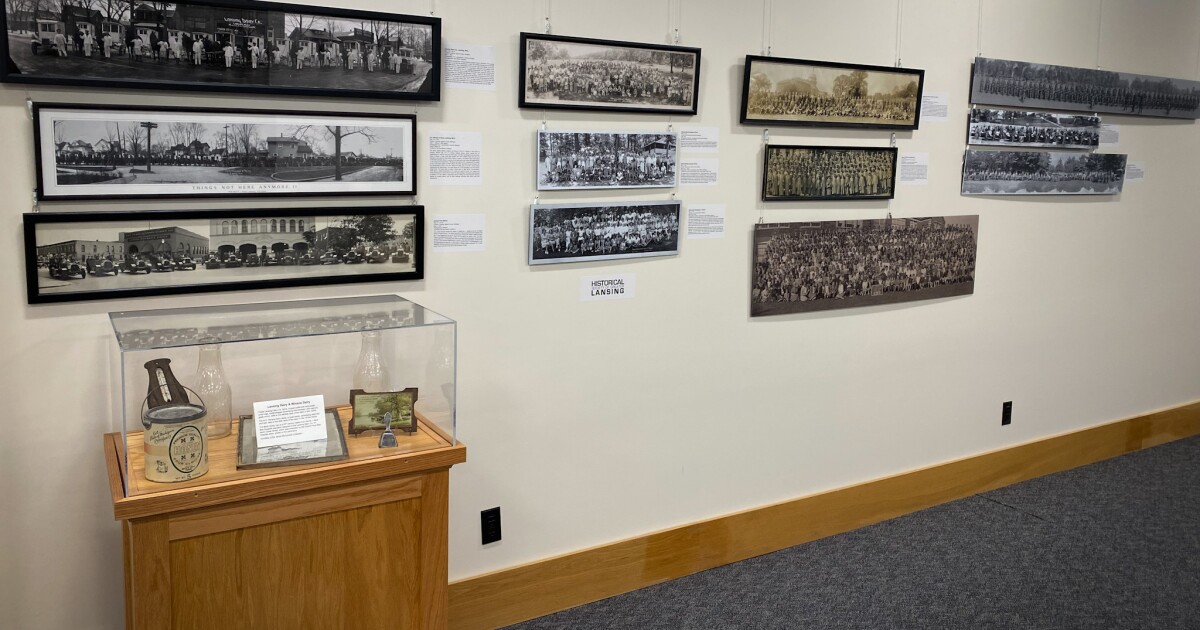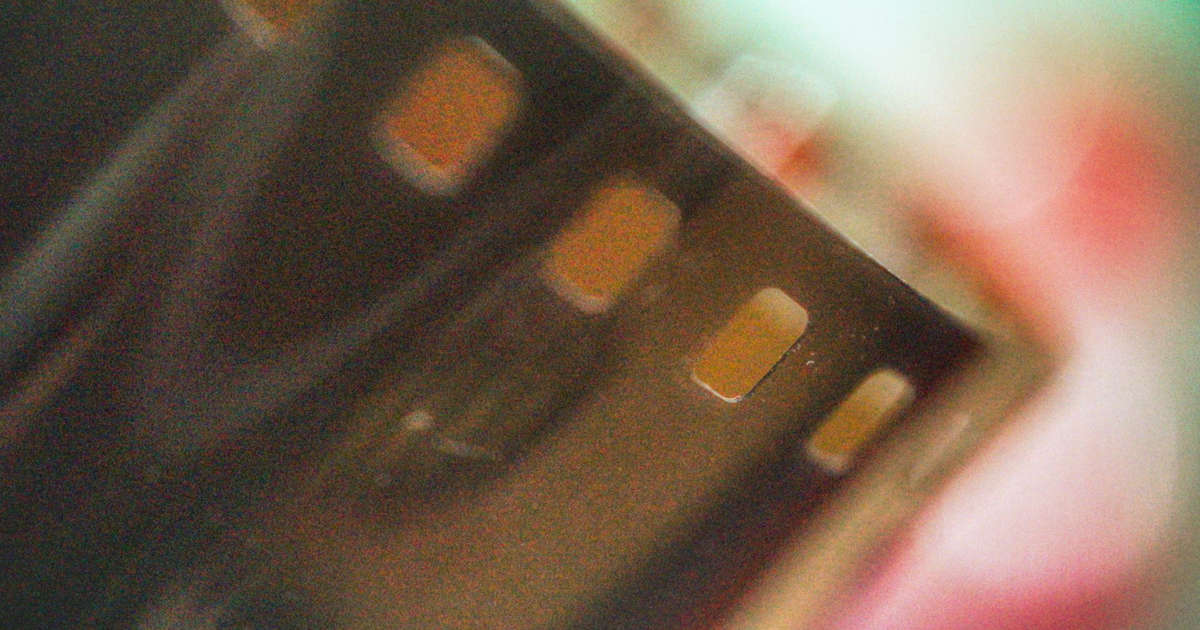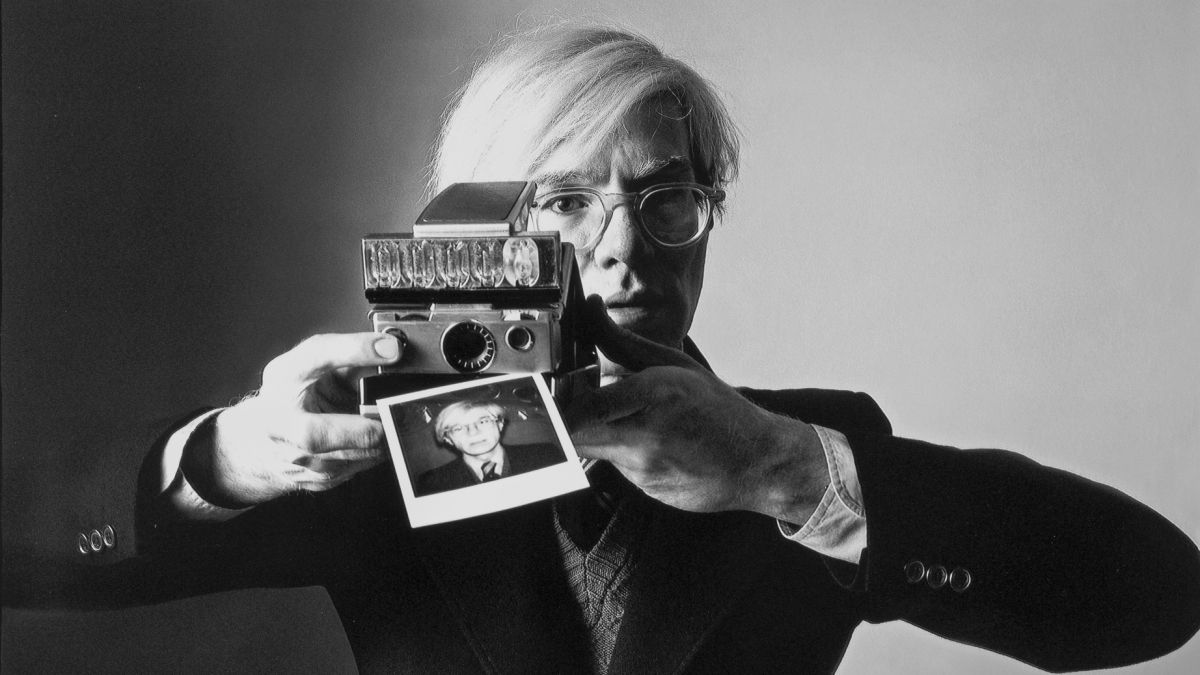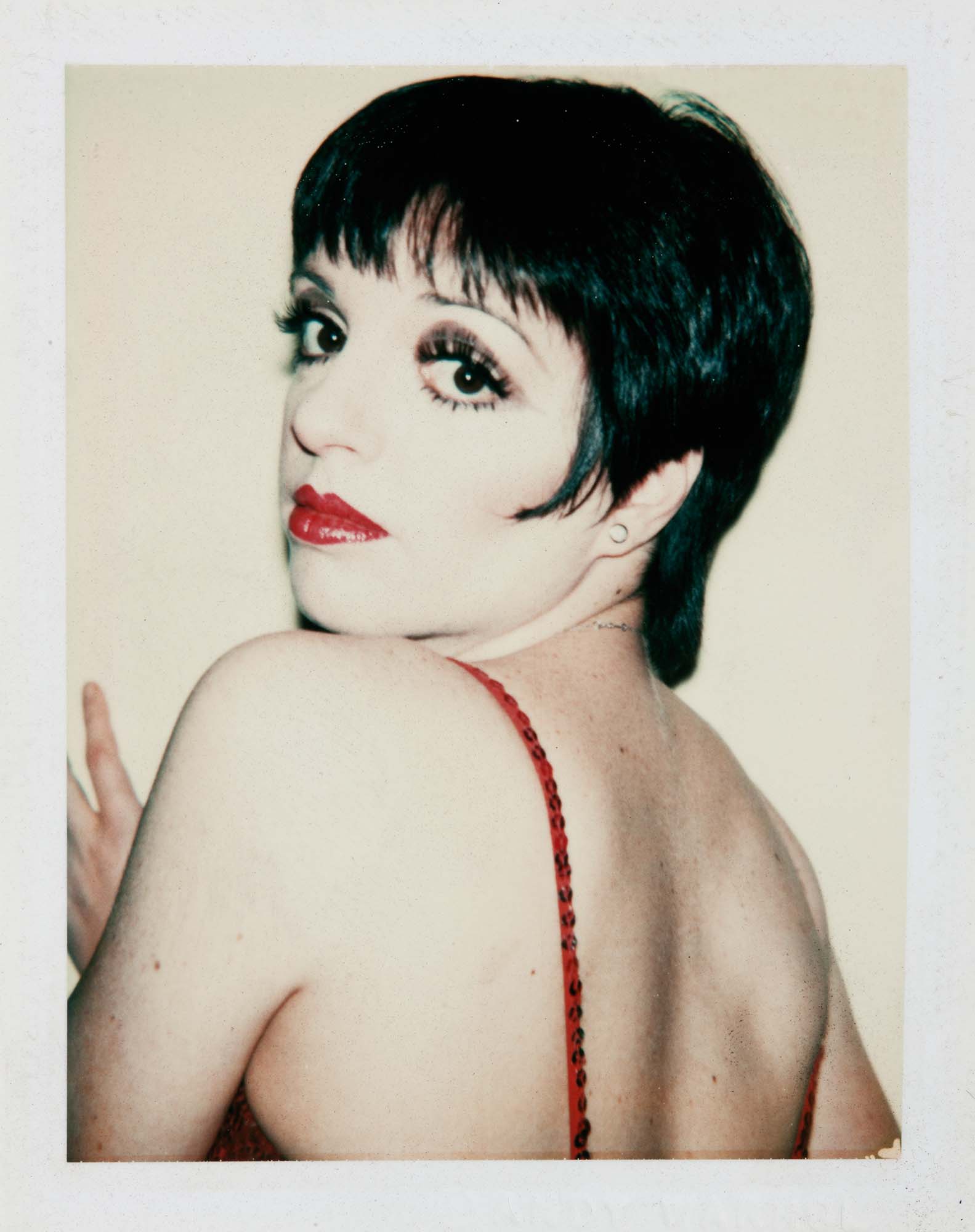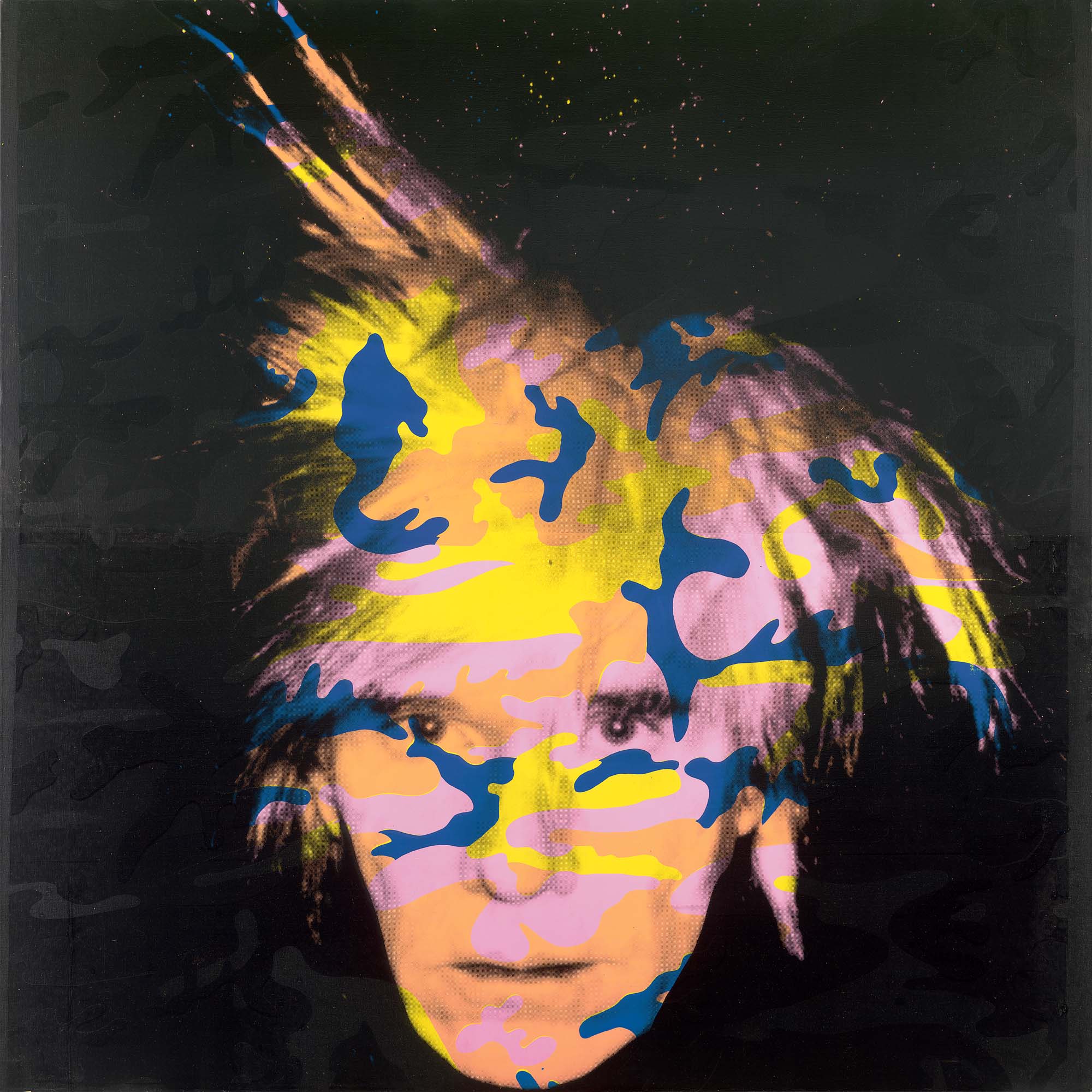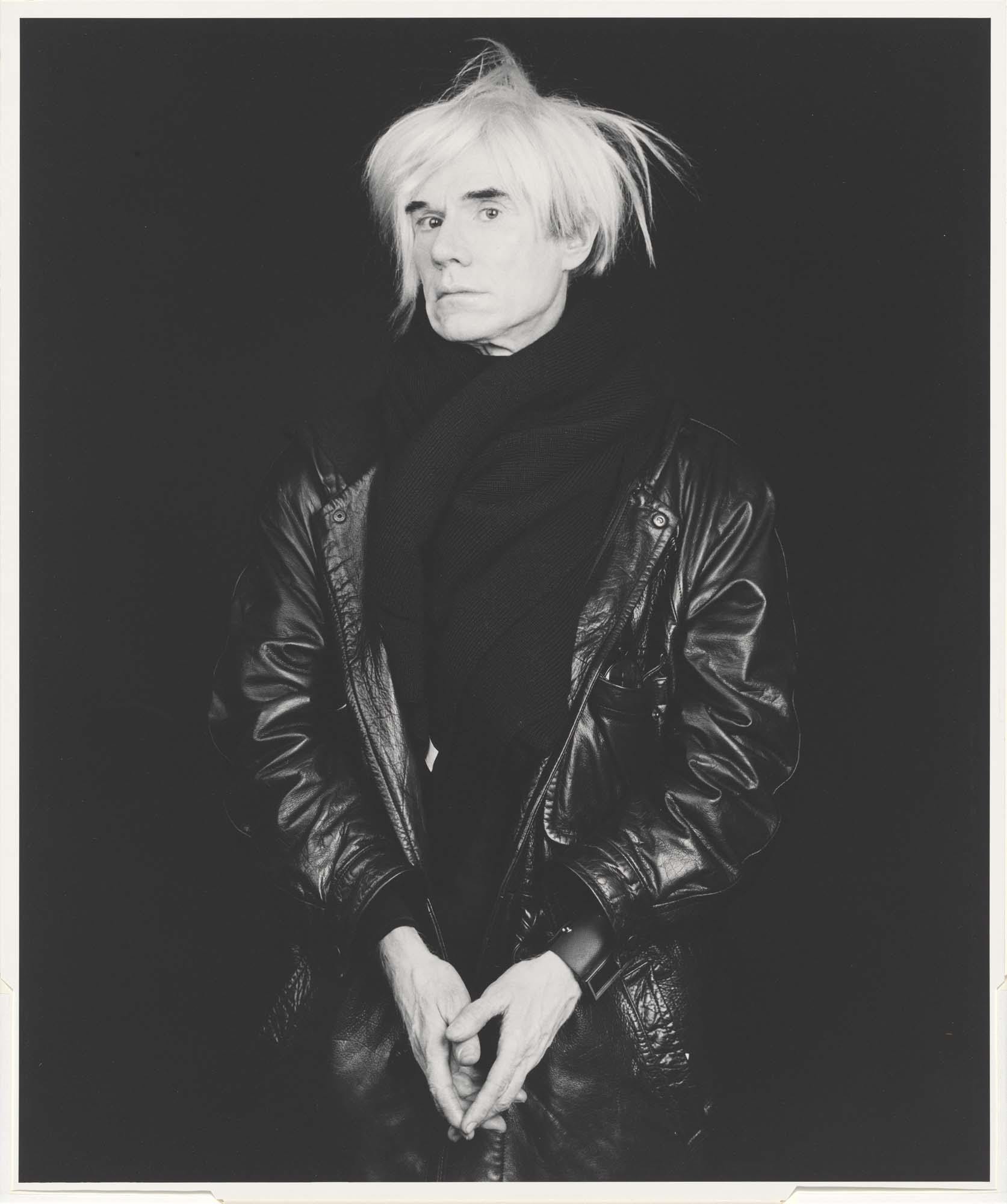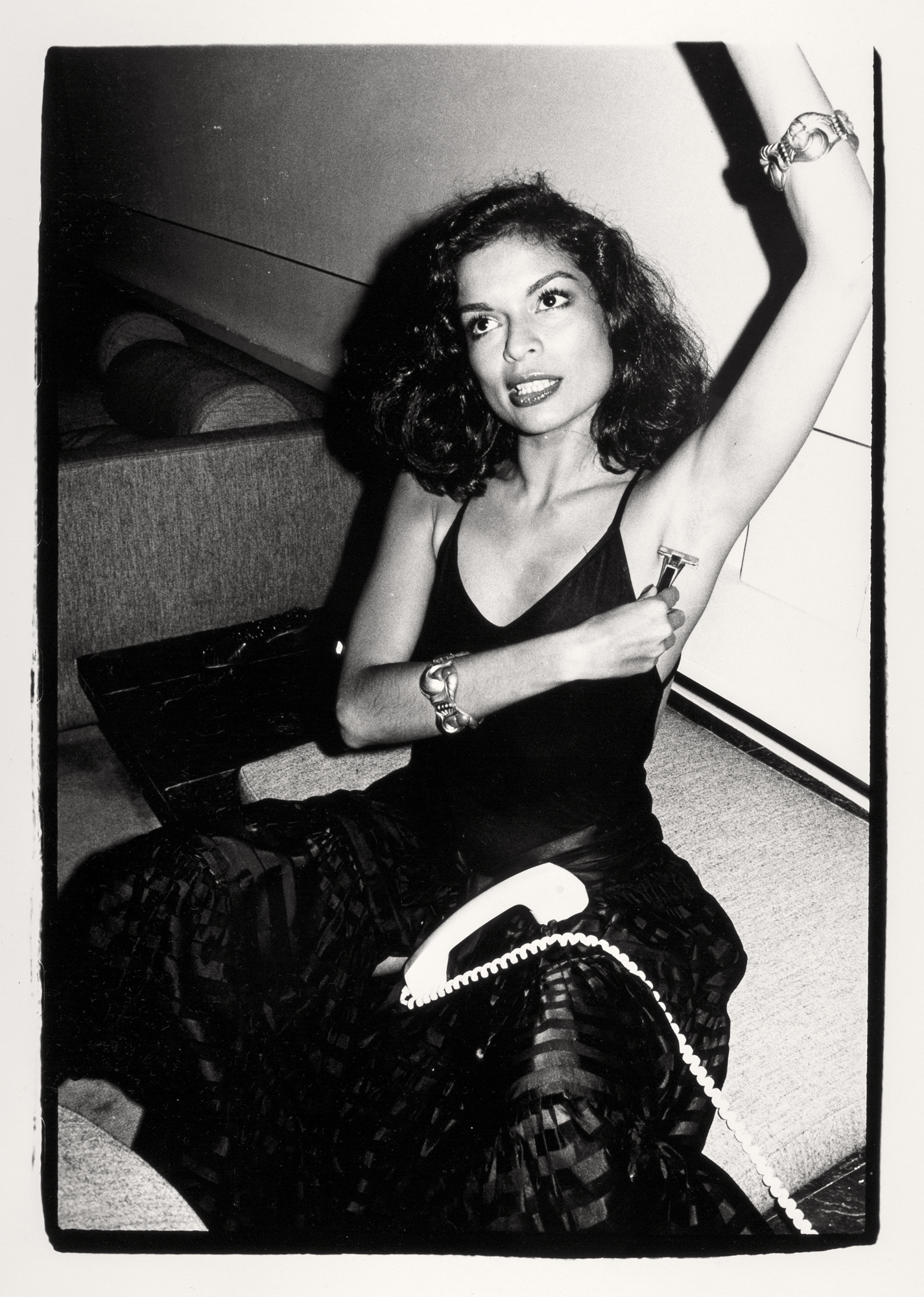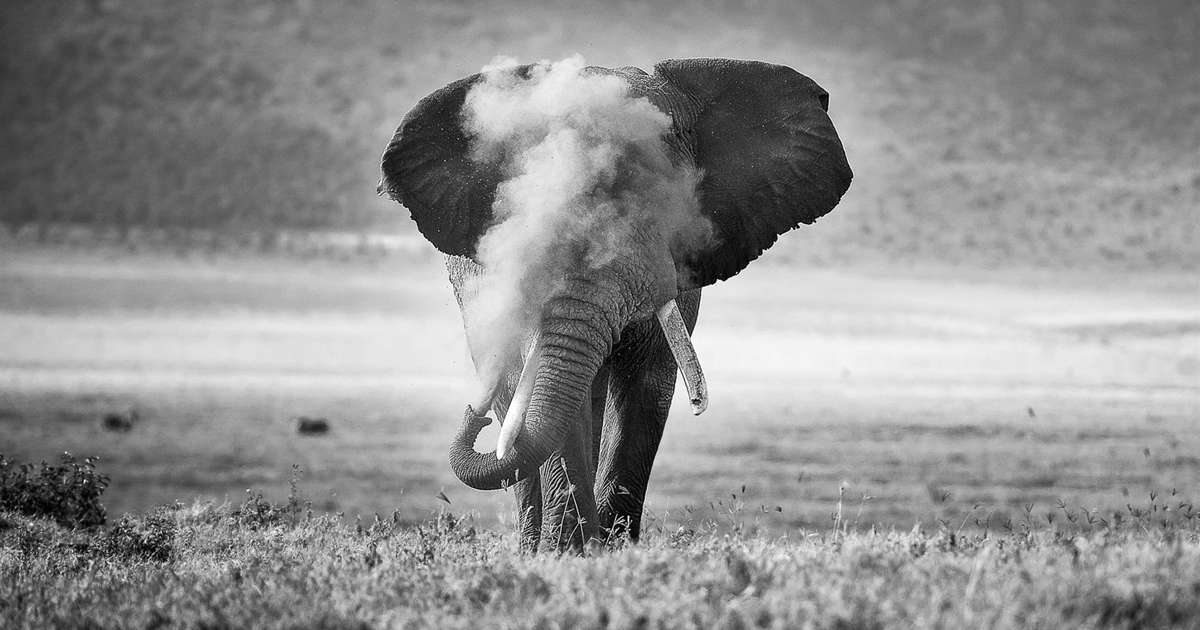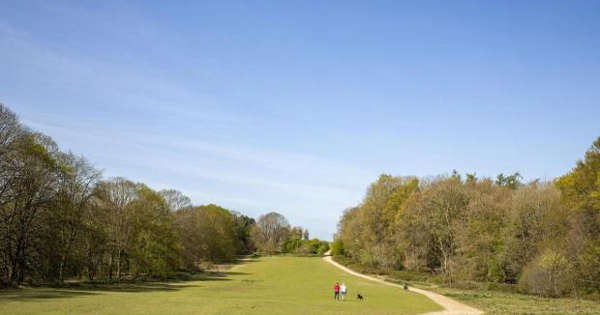[ad_1]
A new exhibit at the Library of Michigan in Lansing showcases more than 50 panoramic photographs taken in the state. The collection includes pictures from as far back as 1863.
The exhibit “By the Yard” refers to the length of panoramas which were often called “yard longs.”
Visitors can see dozens of these wide-angle photographs on display that range from three to eight feet long.
They show men going off to war, class photos, a U.P. Train wreck, cruise ships on the Great Lakes, Buffalo Bill’s Traveling Show and some of the state’s older buildings. The most recent picture in the exhibit is from 2004.
Bill Castanier is the president of the Historical Society of Greater Lansing. He said they offer a look into Michigan’s past where people liked to gather for large group photos.
“Imagine gathering several hundred people together, it was [an] almost party-like atmosphere to get people, and then you had to line them all up you know it was like herding cats,” Castanier said. “I just think it showed tremendous optimism right at that period of time.”
Panoramic photographs were most popular between 1900-1940. Cameras weighed up to 50 pounds and taking photos could be difficult.
“The slightest movement would show as a blur,” Castanier said. “If it got cloudy, you had to stop shooting the photograph because it would make one side dark and one side light. It was a real trick.”
Many of the photos featured in the exhibit were donated by Dan Barber’s estate. Barber was a member of the Historical Society of Greater Lansing and helped come up with the idea for the exhibit before he died in 2020. The photos will be stored at the Library of Michigan when the exhibit ends.
Castanier said he hopes people who may have their own panoramic photos at home will take the time to save them and write down any information they may have about the photo. It’ll be worthwhile in the future, he said.
“Looking back at history is a good way to see who we are today. We can see things evolve overtime … you can see people and how we develop with clothing and things we care about and don’t care about,” he said.
The Library of Michigan will host four free lectures on the history of photography that are scheduled throughout the duration of the exhibit. The exhibit runs through May 1.
[ad_2]
